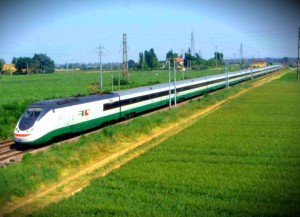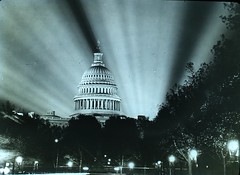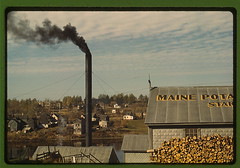On February 26th, The New York Times released a front page exposé on the new “gold rush” of natural gas exploration in the United States: Hydrofracking. Natural gas is a relatively plentiful domestic energy resource and some environmentalists and policy-makers alike have heralded the recent jump in natural gas exploration as a means to curb carbon emissions (natural gas, supposedly, releases less carbon into the atmosphere than fossil fuels like oil and coal).
Nevertheless, the NYTimes article presents a disturbing case against such massive, and oftentimes unregulated, exploration. Hydrofracking, or the injection of water and chemicals under high pressure into rock formations to extract natural gas, can directly impact the quality of groundwater, and inevitably, our drinking water. Drilling supporters have responded that no contamination of groundwater has been directly linked to the practice, however, the NYTimes reported that the EPA has been aware of the potential risk associated with this technique citing internal documents “from the Environmental Protection Agency, state regulators and drillers [that] show that the dangers to the environment and health are greater than previously understood.”
Potential dangers of hydrofracking include leaked radioactive materials and other drilling wastes, such as corrosive salts and carcinogens, which are inadequately treated before being discharged directly into adjacent rivers that supply drinking water. Alarmingly, the NYTimes also disclosed a never made public 2009 EPA document that concluded some hydrofracking treatment plants in Pennsylvania could not remove wastewater contaminants and were thus violating the law. Furthermore, other undisclosed studies by the EPA and a confidential study by the drilling industry found that radioactivity in drilling waste cannot be completely diluted via discharge into rivers and other waterways. Yet, despite these startling findings, the EPA has taken no action to safeguard public water supplies and water sources downstream of hydrofracking wastewater and discharge sites have not been required to test for radioactivity. “In other words,” the NYTimes concludes, “there is no way of guaranteeing that the drinking water taken in by all these plants is safe.”
To learn more about hydrofracking and action steps, you can watch Gasland or visit the Sierra Club’s hydrofracking group at: http://connect.sierraclub.org/Team/Hydrofracking_Team.


![Operating a hand drill at North American Aviation, Inc., [a] woman is working in the control surface department assembling a section of the leading edge for the horizontal stabilizer of a plane, Inglewood, Calif. (LOC) by The Library of Congress](http://farm3.static.flickr.com/2024/2179861666_7bcd3bbbbb_m.jpg)


![[Tree in a rural area] (LOC) by The Library of Congress](http://farm3.static.flickr.com/2091/2179176502_90bbbc4f4c_m.jpg)




